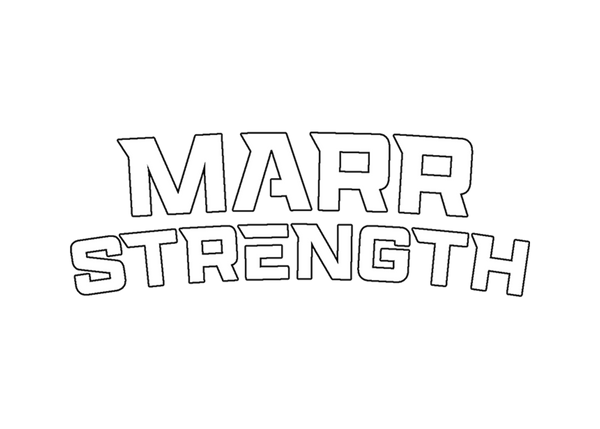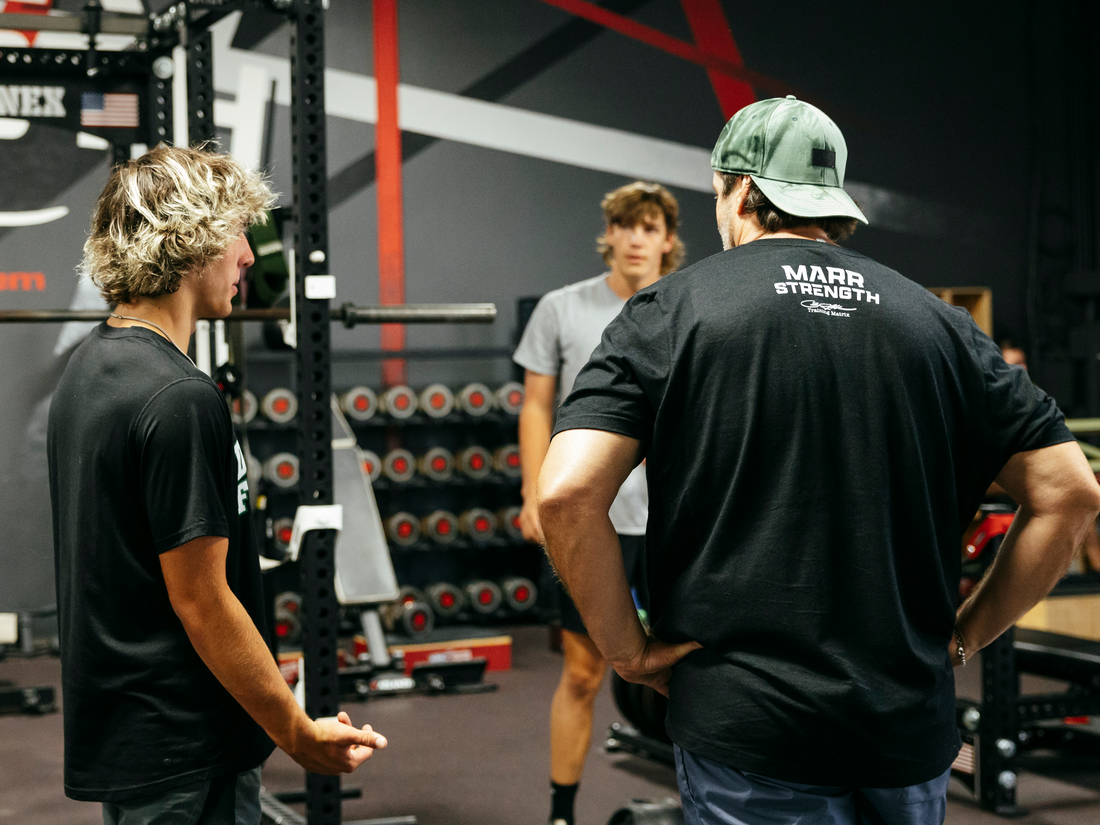The Box Matrix Training Philosophy
Let's begin with a fundamental observation: many training regimens and physical therapy methodologies operate on a mechanical basis. For instance, in powerlifting, there's a distinct focus on designated bench or squat days, often followed by supplementary lifts aimed at specific muscle groups. Similarly, in health clubs or bodybuilding circles, routines might revolve around "chest day" or "arm day," targeting individual body parts with specific exercises to enhance size and strength—the desired outcomes.
These programs frequently rely on machines or barbells, employing numerous sets, loads, and repetitions. Personal records (PRs), denoting the maximum weight an individual can lift, have become the hallmark of progress within powerlifting-inspired training approaches. The prevailing notion is simple: lifting more weight, thus improving one's PR, signifies strength gains and developmental strides.
Consider this example: if an athlete elevates their squat max from 350 pounds to 400 pounds, it's hailed as progress. However, imagine the same athlete suffers a severe knee injury—perhaps a torn ACL—attributed to hip imbalances. These imbalances, like a weak glute medius and excessively tight vastus lateralis, compromise knee stability, leading to injury. In this context, the squat strength measurement proves inadequate, masking underlying weaknesses and susceptibility to injury.
So, what truly signifies strength? Is it achieving a 1-2 rep max of 400 pounds in squats, or squatting 300 pounds for 10 sets of 10 reps, alongside various exercises targeting comprehensive hip mobility and strength?
The Box Matrix Method adopts a holistic perspective, acknowledging the interconnectedness of bones, joints, ligaments, tendons, muscles, and the nervous system in movement and performance. Endurance, defined as the body's capacity to sustain proper mechanics amidst stress, load, and fatigue, emerges as a key component.

